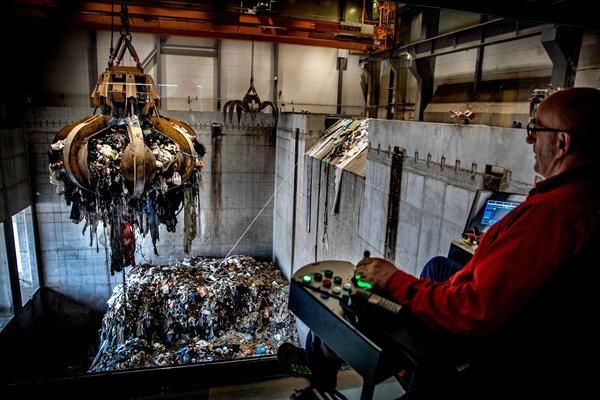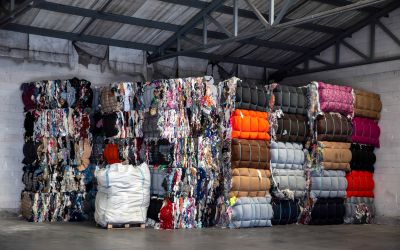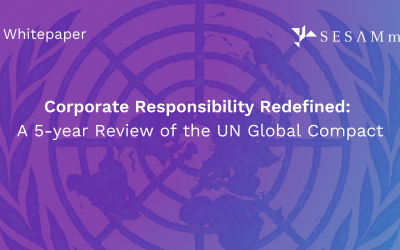Rubbish is powering Sweden’s heat, electricity, and buses
At a power plant in Linköping, Sweden, Tekniska Verken, a municipal government company is burning rubbish to turn waste into energy.

At a power plant in Linköping, Sweden, Tekniska Verken, a municipal government company is burning rubbish to turn waste into energy.
This is one of Sweden’s 34 plants that uses rubbish instead of coal or gas for heat and electricity.
Within these power plants, giant mechanical claws pick up tonnes of garbage every day and drop it into an incinerator that reaches temperatures of over 1,500 degrees Fahrenheit. In addition to reducing the amount of rubbish that ends up in landfills, using rubbish as an energy supply also reduces fossil fuel usage.
Tekniska Verken estimates that its rubbish-burning operations last year avoided emitting the equivalent of 467,000 tonnes of carbon dioxide.
“We don’t look at it as waste,” said Klas Gustafsson, vice president of the company. “We use the energy content of waste as much as possible.”
Garbage supplies much of the heat for Sweden’s 10 million residents during the cold months. The energy generated from the rubbish equals the heating demand of 1.25 million apartments and electricity for 680,000 homes, according to Avfall Sverige.
In addition to supplying heat and electricity, Tekniska Verken produces methane biogas from food and organic waste that run 200 city buses, taxis, and private cars, according to the company.
Rubbish burning plants do have their drawbacks, as some believe that the pollution and toxins left behind from burning the rubbish are counterproductive to efforts to clean up the environment. But Owen Gaffney, director of international media and strategy at the Stockholm Resilience Centre explains:
“Waste-to-energy is a reasonable short-term solution. It is less carbon intensive than coal and it uses resources more efficiently than simply putting them in landfill where they would decompose and release greenhouse gases anyway.”
With initiatives like these, Sweden could be on track to meet their goals to increase wind and solar capacity as part of its aim to 100 per cent renewable energy by 2040 and have a net zero greenhouse gas emission by 2045.
Photo Credit: Casper Hedberg for The New York Times






